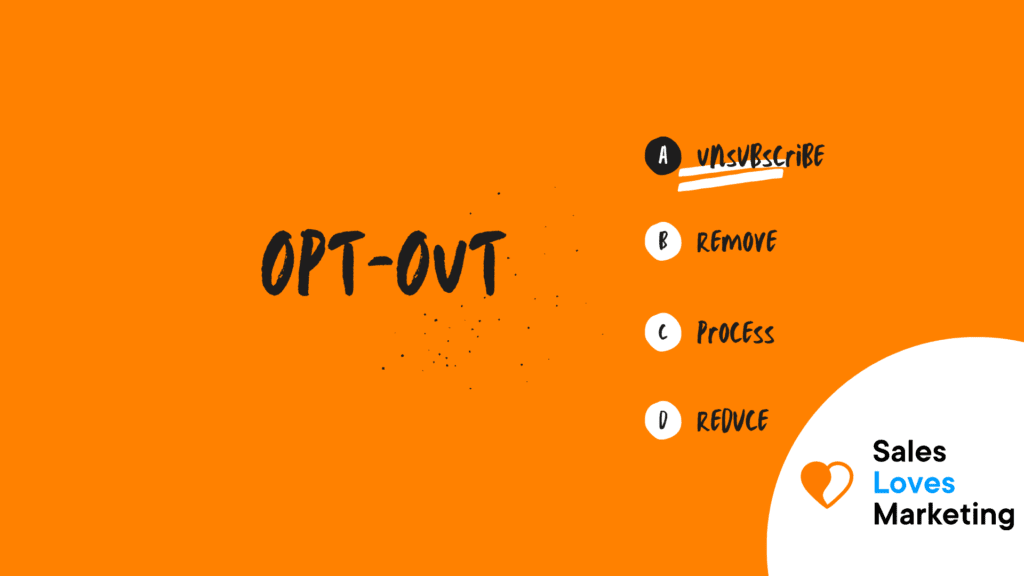What does Opt-Out mean?
Opt out is an option for unsubscribing or leaving membership from a website, blog, group, or any other online subscribed service. It is mainly used in email list management of online groups to provide subscribers with an option to withdraw their association from the email list, group, or community.
What is Opt-Out used for?
“Opting out” in a legal sense means the same as it does in an everyday sense. To “opt-out” means that the user is choosing to no longer participate in something.
Opting out becomes significant in a legal sense when someone develops a website or app that’s legally required to provide a method of opting out to those who use the website or app.
Not all business models are required by law to provide an opt-out method for customers.
Having an opt-out policy that lets customers know that they have the ability and right to opt-out of aspects of a website or app, as well as a clear and easy-to-follow method for actually opting out, is required by law in certain circumstances.
Most businesses choose to include the Opt-out Policy required in their Privacy Policy agreements.
Opting out means a user will take action to withdraw their consent.
There are two main ways to offer opt-outs to users.
The first way is a pre-emptive opt-out, in which users can uncheck a marked box – or otherwise undo a confirmation – to indicate that they are not interested in the activity you’re presenting them.
Another form of opt-out is consent withdrawal.
This is when you offer users a way to withdraw their permission or change their preferences after the original point of consent.
Therefore it can be said that Opt-out is used to include users in something without the need of any action on their side, but in most counties, websites or apps are obligated by law to give the option to easily opt-out.
A user will no longer participate in a service provided by opting out, be it a newsletter, giving access to cookies or emails, etc.
What are the differences between Opt-in and Opt-out?
Opt-in means that a user must take positive or affirmative action before being included in something (e.g., a user has opted in if they sign-up to an email list or click “Accept” on a cookie banner).
Opt-out means that a user can be included in something without the need for any action on their part (e.g., including a US-based user on an email list under CAN-SPAM provisions). Under most opt-out regimes, users must be given the possibility to opt-out easily.
This means that the difference between these two terms is that Opt-in means that a user must do an affirmative action before being included in something. Opt-out means that there’s no need for confirmation by the user.
Examples of Opt-out.
When a user registers for an account, they have the opportunity to opt in to receiving emails and/or to agree to the terms of use and privacy policy. When they first arrive on this page, both boxes are unchecked, allowing them to take action to indicate their preferences.
